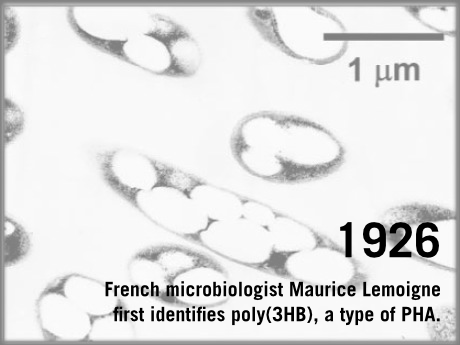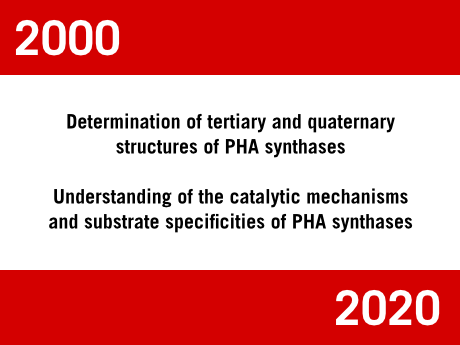Current methods for producing petrochemical plastics not only eject hazardous gases into the atmosphere, but also generate considerable amounts of waste. Along with a strong desire to become independent of oil-based products, these concerns have paved the way for research into highly biodegradable and bio-compatible bioplastics known as polyhydroxyalkanoates (PHAs).
The natural production of one type of PHA, poly(3-hydroxybutyrate), from carbon substrates by some strains of bacteria was first discovered by the French microbiologist Maurice Lemoigne in 1926.
When these bacteria are subject to stressors such as nutrient limitation, they produce protein and lipid-coated granules of PHA for carbon storage. In natural conditions, bacteria can break down the granules to utilize the carbon, and there is no net accumulation of PHA granules. However, when nitrogen, phosphorus, or oxygen is deprived from the bacteria in an excess amount of carbon substrate, the granules of polymer accumulate inside the cell.
Since Lemoigne, decades of research have uncovered hundreds of different kinds of PHAs. Recent explosions in biotechnology have only just begun to unlock the potential of these amazing materials.
Navigate through the timeline at right to view major milestones in the history of PHA bioplastics research.






